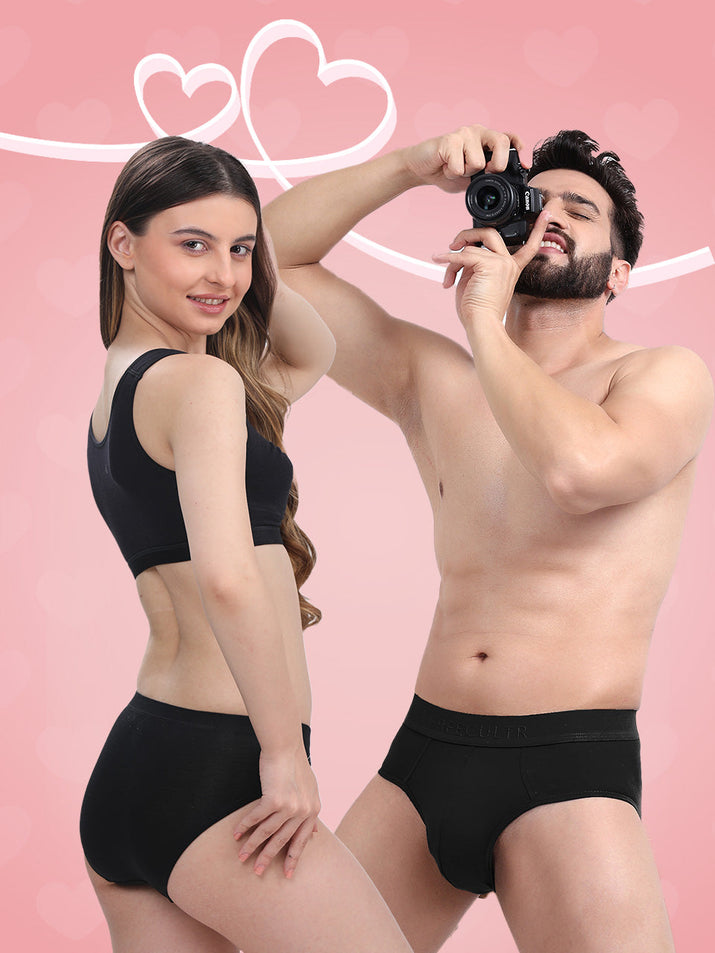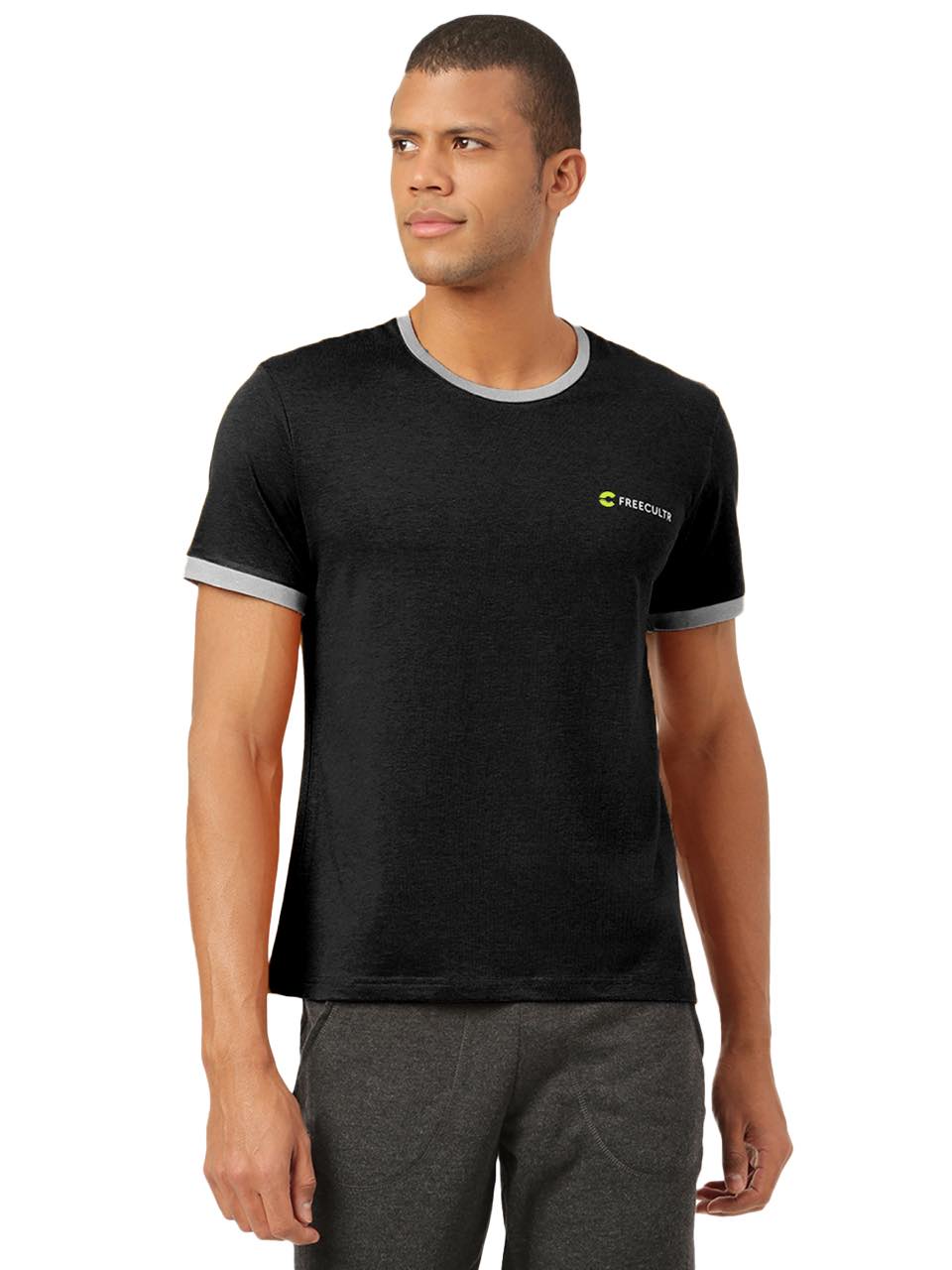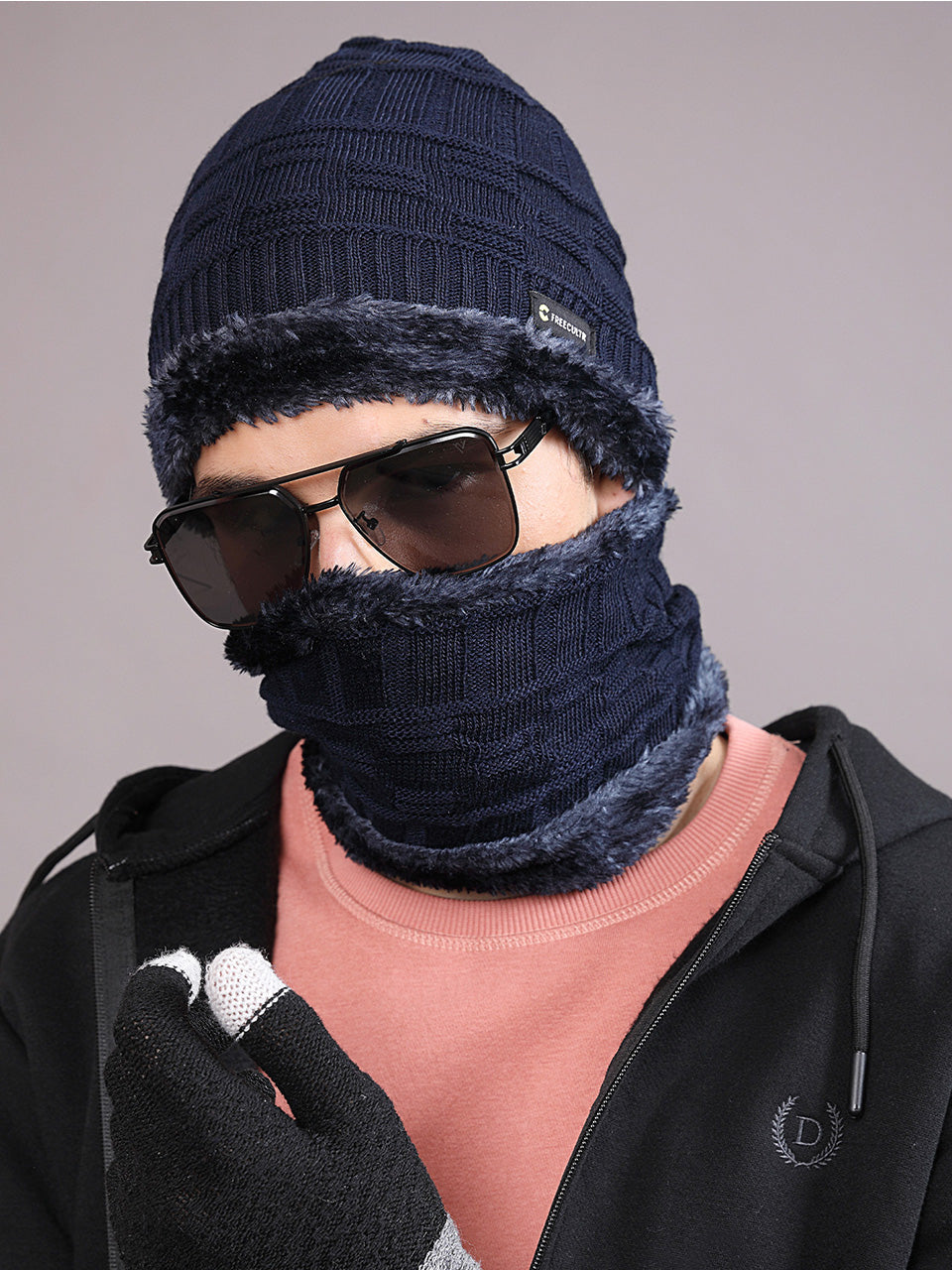The fashion industry faces mounting pressure to reconcile style with sustainability. Consumers are demanding eco-conscious choices, creating a space for brands leveraging freeculture principles to disrupt the market. We’ll assess how open-source design and collaborative production models, exemplified by initiatives like Precious Plastic's open-source recycling machines and community-driven fabric upcycling projects, offer a distinct advantage. These models foster innovation, reduce waste. Allow for hyper-personalization, directly challenging the fast-fashion cycle and opaque supply chains of traditional brands. By evaluating factors like material sourcing, production transparency. Community engagement, we will explore how "soft," sustainable. Stylish aesthetics are not just trends. Viable competitive strategies.

Redefining Fashion: The Rise of Sustainable and Comfortable Clothing
The fashion industry is undergoing a seismic shift. Consumers are no longer solely driven by fleeting trends; they're demanding transparency, ethical production. Environmental responsibility. This demand has fueled the rise of brands like Freeculture, which prioritize sustainability and ethical practices alongside stylish design and ultimate comfort. Traditional brands, often burdened by established supply chains and ingrained practices, are struggling to keep pace with this evolving landscape.
What Does "Sustainable Fashion" Really Mean?
Sustainable fashion encompasses a wide range of practices and principles, all aimed at minimizing the negative impact of the fashion industry on the environment and society. Here are some key elements:
- Eco-Friendly Materials: Using organic cotton, recycled fibers (like recycled polyester from plastic bottles). Innovative materials like Tencel (made from sustainably sourced wood pulp).
- Ethical Production: Ensuring fair wages, safe working conditions. Respect for workers' rights throughout the supply chain.
- Reduced Water Consumption: Implementing water-saving technologies in dyeing and manufacturing processes.
- Waste Reduction: Minimizing fabric waste through efficient cutting techniques and utilizing textile scraps.
- Durability and Longevity: Designing garments that are made to last, encouraging consumers to buy less and wear more.
- Transparency: Providing clear details about the origin of materials, production processes. Ethical certifications.
The Limitations of Traditional Brands
Traditional fashion brands often face significant challenges in adopting sustainable practices. These challenges stem from factors such as:
- Complex Supply Chains: Many traditional brands rely on long and opaque supply chains, making it difficult to trace the origin of materials and ensure ethical production.
- Cost Pressures: Sourcing sustainable materials and implementing ethical labor practices often come at a higher cost, which can impact profit margins.
- Resistance to Change: Established companies may be reluctant to overhaul their existing business models and production processes.
- Fast Fashion Mentality: The pressure to constantly churn out new collections encourages overproduction and waste, making sustainability a secondary concern.
Freeculture: A Model for Sustainable and Comfortable Fashion
Freeculture is built on the principles of sustainability and ethical practices from the ground up. This allows for a more seamless integration of these values into every aspect of the business. Here's how Freeculture excels where traditional brands often fall short:
- Transparent Supply Chain: Freeculture prioritizes transparency, working closely with suppliers who share their commitment to ethical and environmental responsibility. They provide detailed data about the origin of their materials and production processes.
- Sustainable Materials: Freeculture utilizes eco-friendly materials like organic cotton and recycled fibers whenever possible. They are constantly exploring and adopting innovative materials that minimize environmental impact.
- Ethical Labor Practices: Freeculture ensures fair wages, safe working conditions. Respect for workers' rights throughout their supply chain. They partner with factories that adhere to strict ethical standards.
- Focus on Durability: Freeculture designs garments that are made to last, using high-quality materials and construction techniques. This reduces the need for frequent replacements, minimizing waste.
The Technology Behind Sustainable Textiles
Innovation in textile technology plays a crucial role in creating more sustainable and comfortable clothing options. Some key technologies include:
- Closed-Loop Production Systems: These systems aim to minimize waste by recycling and reusing resources within the production process. For example, water used in dyeing can be treated and reused.
- Digital Printing: Digital printing techniques reduce water consumption and chemical usage compared to traditional dyeing methods.
- 3D Knitting: This technology allows for the creation of garments with minimal fabric waste, as the garment is knitted directly into its final shape.
- Biodegradable Materials: Researchers are developing new biodegradable materials that can decompose naturally at the end of their life cycle.
Real-World Applications and Use Cases
Freeculture demonstrates the real-world viability of sustainable fashion. Their commitment to ethical sourcing, eco-friendly materials. Durable designs has resonated with consumers who are seeking more responsible and comfortable choices. Here are some examples:
- Recycled Polyester Activewear: Freeculture's activewear line utilizes recycled polyester made from plastic bottles, reducing waste and conserving resources.
- Organic Cotton Basics: Their collection of organic cotton t-shirts, sweatshirts. Pants provides a comfortable and sustainable alternative to conventional cotton garments.
- Transparent Supply Chain details: Freeculture provides detailed insights about the origin of their materials and production processes on their website, allowing consumers to make informed purchasing decisions.
Comparing Material Choices: Traditional vs. Sustainable
The following table highlights the key differences between traditional and sustainable material choices:
| Material | Traditional Production | Sustainable Alternative | Environmental Impact | Comfort Level |
|---|---|---|---|---|
| Cotton | Conventional cotton farming uses pesticides and large amounts of water. | Organic cotton is grown without pesticides and uses less water. | Conventional cotton farming can pollute water sources and harm ecosystems. Organic cotton has a significantly lower environmental impact. | High |
| Polyester | Made from petroleum, a non-renewable resource. | Recycled polyester is made from plastic bottles, reducing waste and conserving resources. | Polyester production contributes to greenhouse gas emissions. Recycled polyester reduces the demand for new petroleum. | Moderate |
| Viscose | Often made from unsustainable wood sources and uses harmful chemicals in the production process. | Tencel (Lyocell) is made from sustainably sourced wood pulp using a closed-loop production process that minimizes waste and chemical usage. | Traditional viscose production can contribute to deforestation and water pollution. Tencel is a more sustainable alternative. | High |
The Future of Fashion: A Shift Towards Sustainability
The fashion industry is at a tipping point. Consumers are increasingly aware of the environmental and social costs of traditional fashion practices. They are demanding change. Brands like Freeculture, that prioritize sustainability, ethical production. Stylish design and Fashion and Comfort, are well-positioned to thrive in this evolving landscape. By embracing innovative technologies, transparent supply chains. A commitment to responsible practices, Freeculture is leading the way towards a more sustainable and ethical future for the fashion industry.
How Freeculture is Leading the Charge
- Innovative Designs: We blend sustainability with cutting-edge style, ensuring that eco-friendly doesn't mean compromising on fashion.
- Community Engagement: Freeculture actively engages with its community, fostering a dialogue about sustainable living and ethical consumption.
- Educational Initiatives: Freeculture is committed to educating consumers about the benefits of sustainable fashion and empowering them to make informed choices.
Conclusion
The success blueprint for brands aiming to resonate with today's conscious consumer is clear: embrace the 'soft, sustainable. Stylish' ethos championed by brands like Freecultr. We've seen how this approach outperforms traditional marketing, fostering genuine connections and loyalty. Key to this success is transparency; openly communicate your sustainability efforts and ethical practices. Next, prioritize comfort and design. As Freecultr's growth shows, even everyday items like underwear can become coveted when they blend quality with an appealing aesthetic. Finally, actively engage with your community, soliciting feedback and adapting to their needs. Consider, for example, how incorporating customer suggestions led to Freecultr's expanded size range, further solidifying its commitment to inclusivity. Implementing these steps requires dedication. The rewards – a loyal customer base, positive brand reputation. A thriving business – are well worth the effort. Brands that authentically embrace this blueprint will not only survive but thrive in the evolving landscape of consumer expectations. Let's build a future where fashion is both desirable and responsible.More Articles
Why is Freecultr the underwear Gen Z actually cares about?Is Freecultr becoming the Levi’s of underwear?
Why do men feel more confident in Freecultr?
What makes Freecultr boxers a daily essential?
FAQs
Okay, so what exactly does 'Freeculture' mean when you say 'soft, sustainable. Stylish'?
Great question! 'Soft' refers to the incredible comfort of our materials – think clothes you actually want to live in. 'Sustainable' means we're seriously committed to ethical sourcing and production. We're talking eco-friendly fabrics, fair wages. Minimizing our environmental impact. And 'stylish'? Well, that's about creating timeless pieces that look and feel good, transcending fleeting trends. We believe you shouldn't have to choose between feeling good, looking good. Doing good.
Sustainability sounds expensive. Are Freeculture clothes going to break the bank?
That's a totally valid concern! We're transparent about the fact that sustainable practices can sometimes mean a slightly higher price point than fast fashion. But, we focus on quality and durability so you're actually investing in pieces that will last longer, saving you money in the long run. Plus, we believe in fair pricing that reflects the true value of our materials and labor, not just maximizing profit.
How is Freeculture actually different from all the other brands claiming to be eco-friendly?
Honestly, it's a fair question to be skeptical! We go beyond just slapping a 'green' label on things. We're incredibly picky about our supply chain, ensuring that every step, from sourcing raw materials to the finished product, meets our high ethical and environmental standards. We're also transparent about our processes and are constantly looking for ways to improve our sustainability efforts. We're not perfect. We're genuinely committed to minimizing our impact.
What kind of 'soft' materials are we talking about? I have sensitive skin!
We totally get it, comfort is key! We use materials like organic cotton, bamboo. Tencel (Lyocell). These fabrics are known for being incredibly soft, breathable. Gentle on sensitive skin. Plus, they're often more sustainable than conventional alternatives. We always list the specific fabric composition on our product pages, so you know exactly what you're getting.
I'm not exactly a fashionista. Will Freeculture clothes still work for me?
Absolutely! Our designs are all about timelessness and versatility. We focus on creating pieces that are easy to mix and match, so you can build a wardrobe that reflects your personal style without feeling overwhelmed. We want our clothes to be effortless and adaptable to your lifestyle, no matter what your 'look' is.
What sizes does Freeculture offer? Are you size-inclusive?
We're actively working towards expanding our size range to be as inclusive as possible. You can find our current size chart on each product page. We're constantly listening to customer feedback to improve our offerings. Inclusivity is really essential to us. We're committed to representing a diverse range of body types.
What happens if I don't love what I ordered? What's your return policy?
We want you to be completely happy with your Freeculture purchase! We offer hassle-free returns and exchanges within a specified timeframe (check our website for the exact details). We believe in our products. We also grasp that sometimes things just don't work out. We're here to make the process as smooth as possible.






